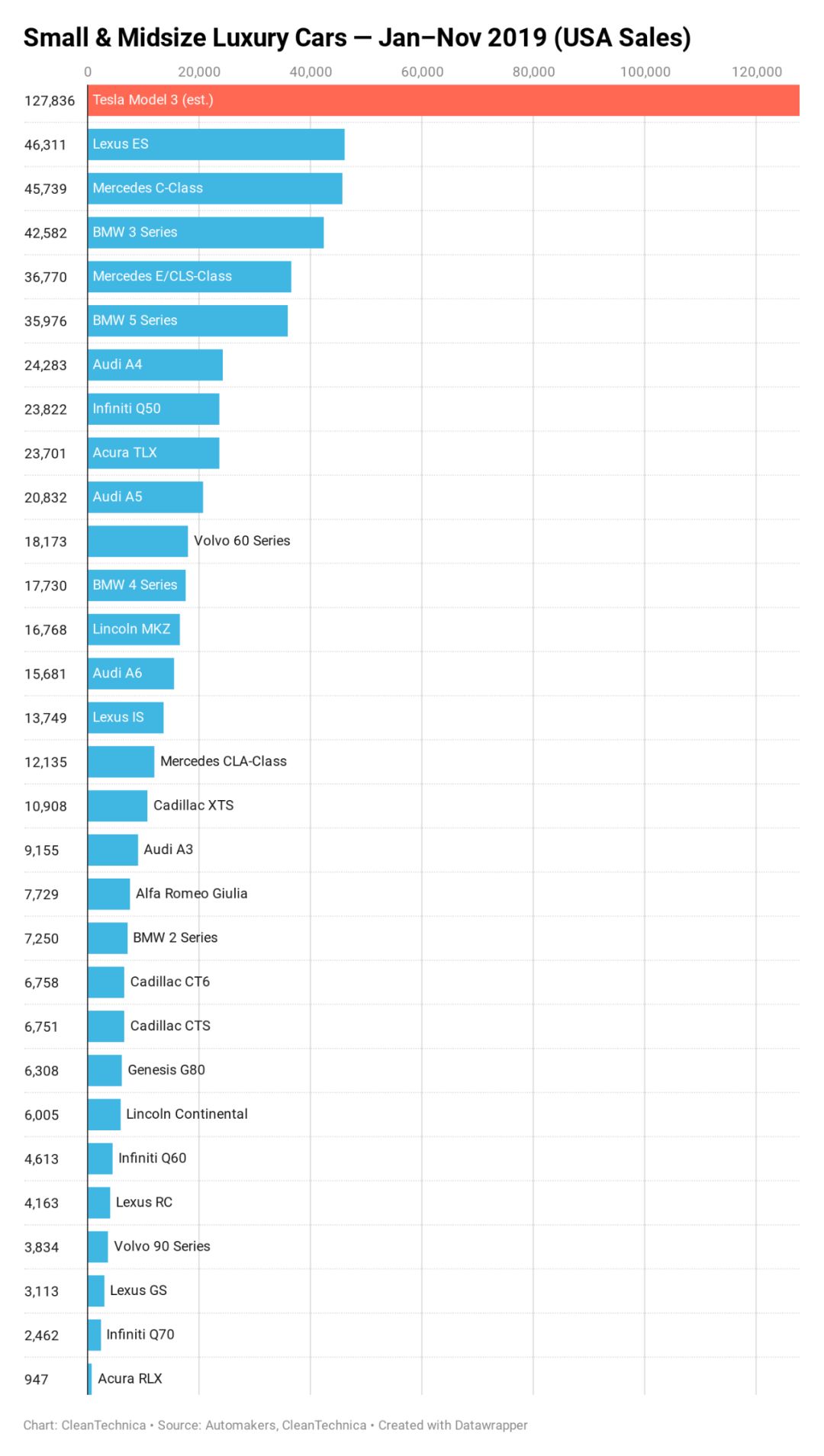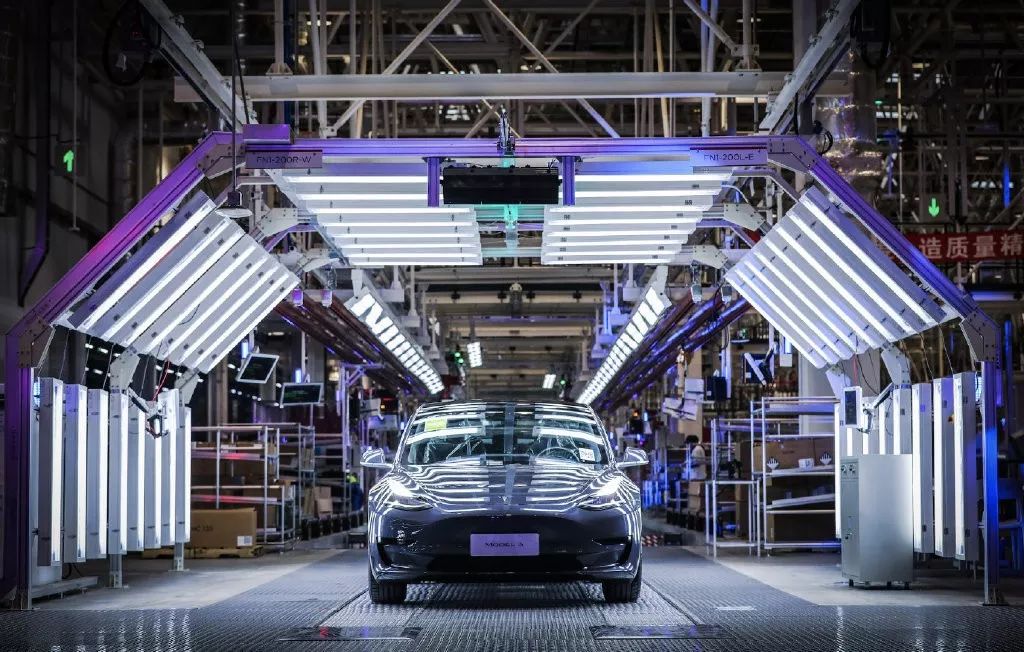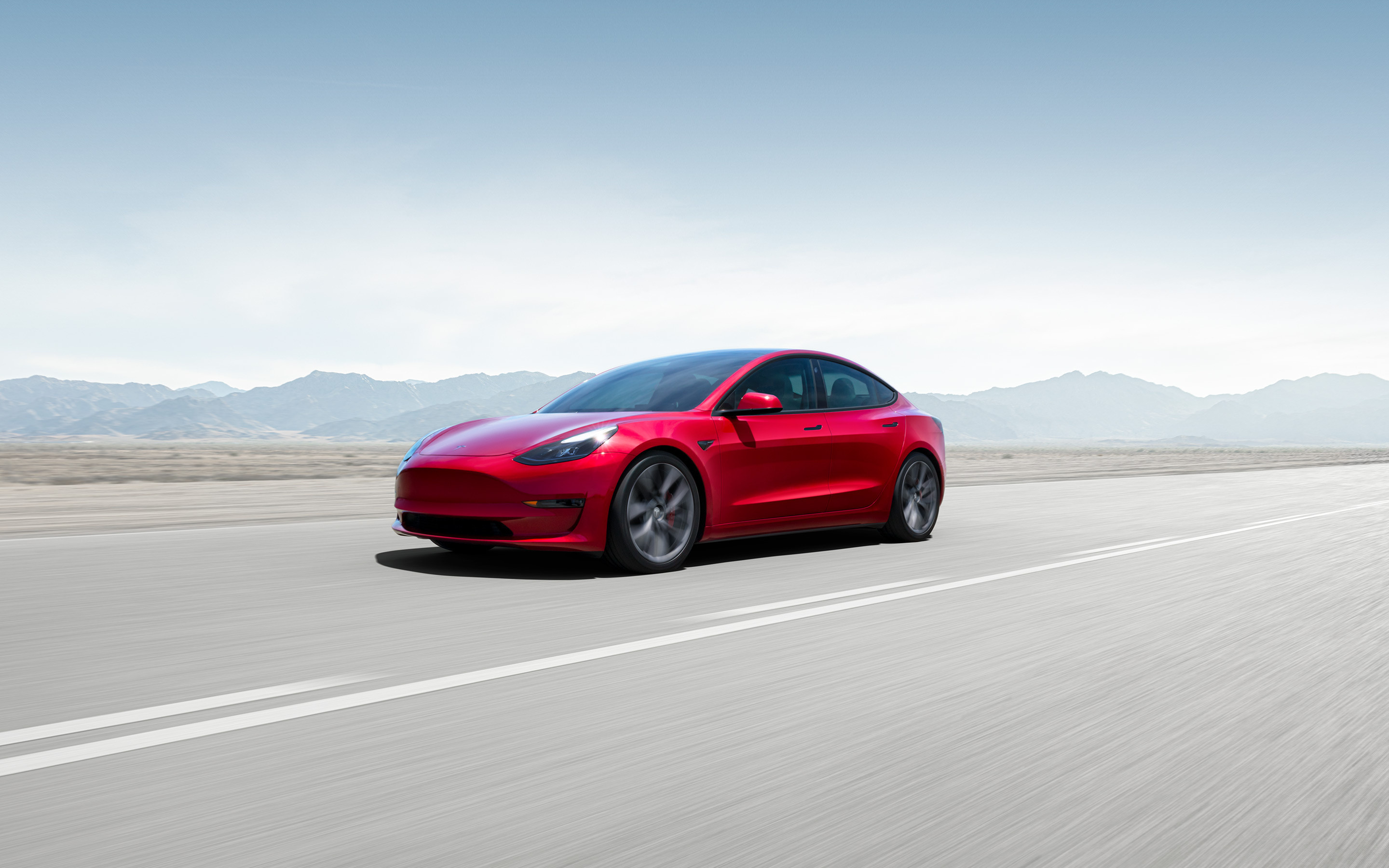This morning, the domestic Model 3 officially began delivery at the Shanghai Super Factory. The first batch of 15 cars has been delivered to internal employees. The Tesla Shanghai plant has finally delivered its first answer before the end of 2020.
“Brothers, we finally waited for this day!” Zhu Xiaotong, the President of Tesla Greater China, said excitedly at the delivery site. “Whether Tesla is there or not, the world will realize the trend of transitioning to sustainable energy. Tesla plays a role in accelerating this word. We do everything very quickly, and everything is completed quickly. Speed is the essence of martial arts.”
China Speed
Let’s briefly review how fast this all happened:
On July 10, 2018, Tesla and the Shanghai Municipal Government signed a memorandum of cooperation, planning to build a wholly-owned electric vehicle manufacturing plant Gigafactory 3 in Shanghai.
On January 7, 2019, Elon Musk visited China to attend the groundbreaking ceremony, and the Tesla Shanghai plant officially started construction.
On August 20, 2019, the construction of the Tesla Shanghai plant entered the final stage and obtained the first comprehensive acceptance certificate.
On September 19, 2019, the Tesla Shanghai plant passed the overall acceptance.
On October 17, 2019, the Tesla Shanghai plant was approved and began production of the Model 3.
On December 30, 2019, the domestic Model 3 was officially delivered at the Shanghai factory.
“Starting on January 7, 2019, when the Tesla Shanghai plant officially started construction, the company completed the construction, production, and even delivery within 357 days, creating one miracle after another.”
Moreover, the Model 3 platform and the matching production line are independently developed by Tesla. The Shanghai plant has learned a lot from the production process and experience of the American Fremont factory. The production capacity of the Shanghai plant is also very fast. After only two months of official production, the maximum capacity has reached 28 JPH (vehicles produced per hour) and is now capable of producing more than 1000 vehicles per week with a single shift of 10 hours per day.The indispensable support from the Chinese government and the phrase “Giving up everything, working day and night” appearing multiple times at the delivery ceremony are the reasons behind Tesla’s lightning-fast progress. The hard work and almost 24/7 working hours of Tesla employees have resulted in the establishment of the Shanghai factory we see today.
As a result, the domestic version of the Model 3 was delivered first to internal employees today. This was not only a reward for their hard work but also a reflection of Tesla’s corporate culture. More importantly, it demonstrated the high degree of confidence in the domestic version of Model 3.
After the completion of the internal employee deliveries in the next two days, Tesla will begin large-scale external deliveries in order of the orders starting from January next year. This marks the end of a perfect year for Tesla and signifies the start of a new chapter, a new journey.
Doubled Superchargers & Local Acceleration
During interviews held after the delivery ceremony, media questioned what the sales goal for next year is. Tesla China’s General Manager, Wang Hao, responded, “We will sell as many cars as we produce.”
The first phase capacity of Tesla’s Shanghai factory is 150,000 vehicles per annum. After ensuring the factory has sufficient staff next year, it will begin a two-shift production schedule daily. Therefore, domestic production of 100,000 Model 3 vehicles next year is a very achievable target.
A production of 100,000 units means 100,000 in sales. However, Tesla has only delivered approximately 85,000 vehicles in China since 2014, up until November this year. This suggests that in 2020, Tesla’s service and charging system will face a significant challenge.
To guarantee service and driving experience after large-scale delivery of the domestic Model 3 cars, Tesla is implementing a strategy that prioritizes the construction of service centers and Superchargers. In Q4 of this year, Tesla has already established over 400 Supercharger stations, and it is expected that the number of service centers and Supercharger stations built in 2020 will exceed the total of the past five years.On December 20th, Tesla officially announced that it had completed its 300th supercharger station in mainland China. This suggests that in 2020, Tesla will build at least another 300 supercharger stations in China, and a significant portion of them will be V3 supercharger stations. Moreover, Tesla plans to gradually upgrade all existing V2 supercharger stations to V3 ones.
With the doubling of the number of supercharger stations next year and the large-scale deployment of V3 superchargers, the Tesla Supercharger Construction Team’s slogan, “Make charging easy everywhere,” will become a reality.
As Tesla China speeds up infrastructure construction, localization work is also proceeding at a rapid pace.
- Regarding vehicle hardware:
Currently, the domestication rate of Chinese-made Model 3 components is only 30%, but it will reach 70% by mid-next year, and will achieve 100% domestication of parts by the end of next year. Also, in the production process, the Shanghai factory will optimize and improve based on the experience and lessons learned from production in the United States, as well as the demands of the Chinese market.
- Regarding software:
In fact, Tesla has already been pushing localization applications such as QQ Music, Ximalaya Audio, and Tencent Video to Chinese car owners since mid-this year. Next year, Tesla will not only continue to expand on entertainment application, but also make optimizations on practical functions including navigation, maps, voice assistants, mobile applications, and more.
“Catfish Effect” is about to emerge
Tesla has always regarded “Accelerating the world’s transition to sustainable energy” as its mission, and China as the world’s largest automobile market is crucial to Tesla’s realization of this vision.
Elon mentioned at the groundbreaking on January 7th this year, “China has become the world leader in electric vehicle applications.” Although the entire new energy market has witnessed a significant slump this year, resembling a cold winter, due to the rollback of new energy subsidies, the domestic Model 3 will be a beacon of hope and will bring new life to the entire new energy industry.
Why is this being said?
Since its delivery in the United States in 2017, Model 3 sales have continued to rise. In the top 20 sales chart for the US market from January to November 2019, Model 3 was ranked tenth, in the top list of small and medium-sized luxury cars for the same time period, Model 3 was ranked first, and Model 3 far outstripped the combined sales of BMW 2, 3, 4, and 5 series.
Although the import version of Model 3 has started delivery since February this year, due to price factors, it has not achieved the same sales boom as in the United States. The domestic version of Model 3, however, by virtue of localization advantages, can significantly reduce production costs. When the domestic Model 3 is at the same price level as A4L, 3 Series, and C-Class, Tesla China may once again overturn the unfavorable situation as in the United States.
Moreover, as a super shark, Tesla will undoubtedly bring a huge “shark effect”.
Li Xiang once said in an interview, “In fact, Tesla’s (domestic) arrival has brought incremental changes to the electric vehicle market and will attract more attention to this market (just like Xiaomi, which was brought up by the 2011 iPhone 4). This is definitely good news for (new automobile manufacturing) enterprises, but the pressure is enormous, and these enterprises have to bear the burden.”
Indeed, the appearance of Apple’s mobile phone in China is not significant for defeating Nokia, but for promoting the rise of enterprises such as Xiaomi and Huawei.
The same is true for domestic Model 3, which not only plays a benchmarking role for localized electric vehicle companies, but also promotes the rapid development of the entire electric vehicle industry supply chain system, accelerates industrial upgrading and transformation, and ultimately benefits the entire Chinese electric vehicle market.

As Tesla’s China general manager, Wang Hao, said, Tesla’s mission is to accelerate the world’s transition to sustainable energy, and the word “acceleration” should not only belong to Tesla. We hope that all manufacturers will make pure electric vehicles. This market is large enough, and those who move towards the same goal are our partners. Our goal is to eliminate fuel vehicles.
This article is a translation by ChatGPT of a Chinese report from 42HOW. If you have any questions about it, please email bd@42how.com.
